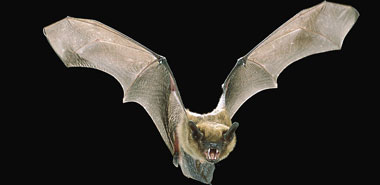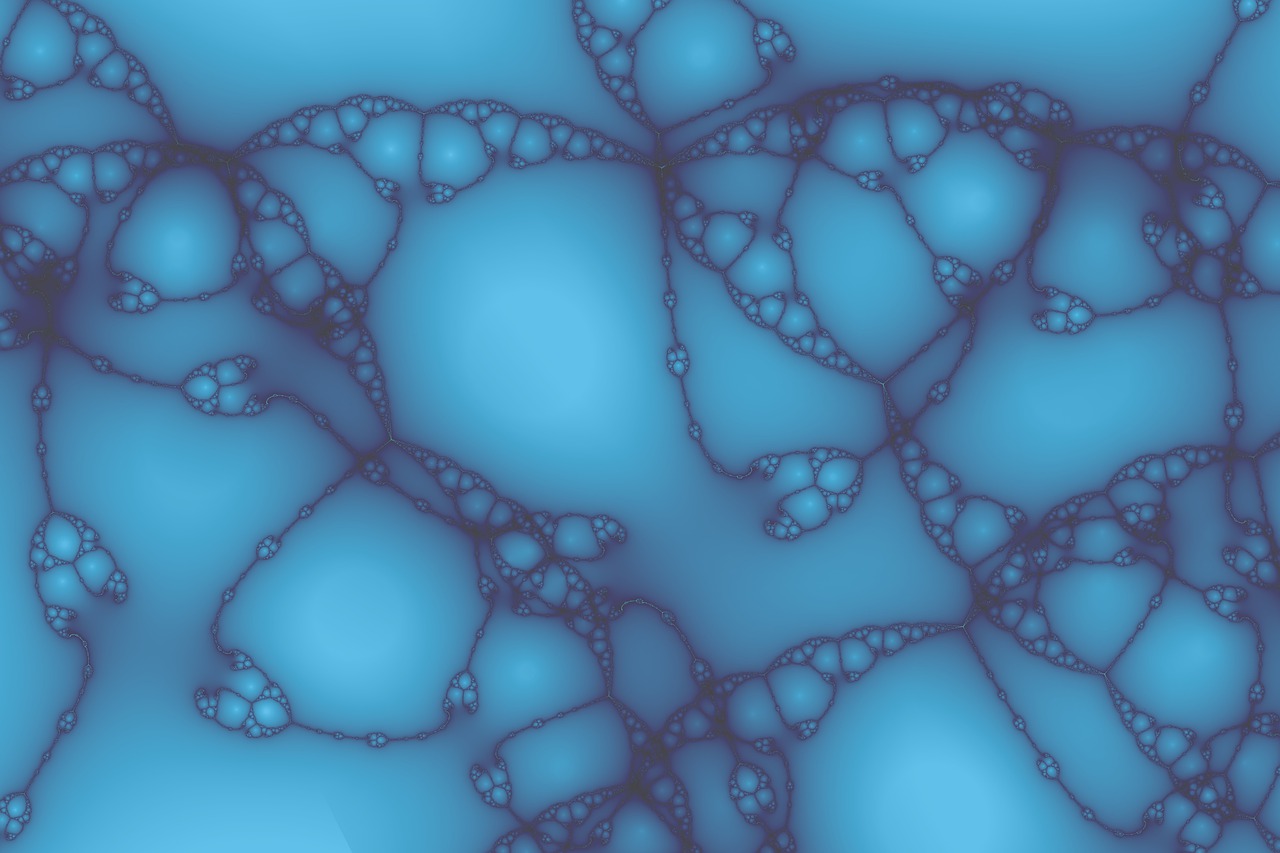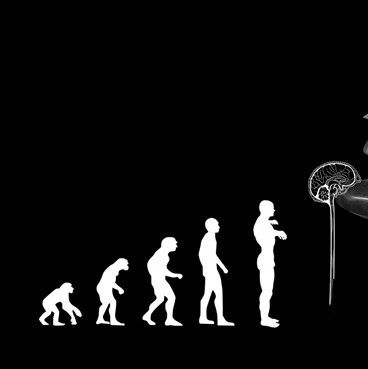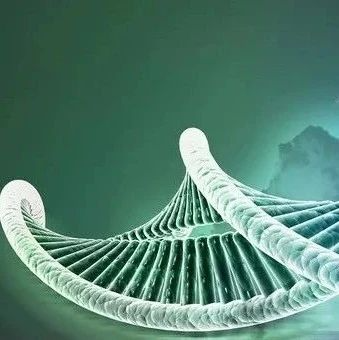
蝙蝠是夜行性动物。食虫蝙蝠主要用回声定位来确定方位,捕捉昆虫,眼睛退化,甚至之前人们认为蝙蝠是瞎子,这个是大家所熟悉的。旧大陆果蝠并没有回声定位能力(除了果蝠属有回声定位,但一般只用于进入山洞后的巢穴定位),它们主要依赖视觉和嗅觉来寻找食物,眼睛很发达。
中国科学院昆明动物研究所分子进化基因组张亚平院士及其博士生沈永义克隆了控制形成视网膜上视杆细胞(主导暗视觉,相对于视锥细胞的色视觉)暗视觉感受器的RH1基因,发现无论是眼睛退化的食虫蝙蝠还是眼睛发达的旧大陆果蝠的视杆细胞全部都有表达RH1基因,说明了即使是眼睛高度退化的食虫蝙蝠,它们仍然具有暗视觉。对该基因序列的进一步分析发现,该基因在果蝠与墓蝠(食虫蝙蝠,眼睛没退化)间发生了趋同进化,长翼蝠和菊头蝠(都是眼睛退化)也发生了趋同进化。该结果揭示了,蝙蝠分化后,可能由于对暗视觉的趋同需求(有些种类趋同于更多依赖视觉,眼睛发达;而有些是趋同于较少依赖视觉,眼睛退化),导致了RH1基因在蝙蝠里面发生了多次趋同进化。
推荐原始出处:
PLoS ONE 5(1): e8838. doi:10.1371/journal.pone.0008838
Parallel and Convergent Evolution of the Dim-Light Vision Gene RH1 in Bats (Order: Chiroptera)
Yong-Yi Shen1,2,3, Jie Liu1,3, David M. Irwin4,5, Ya-Ping Zhang1,2*
1 State Key Laboratory of Genetic Resources and Evolution, Kunming Institute of Zoology, The Chinese Academy of Sciences, Kunming, China, 2 Laboratory for Conservation and Utilization of Bio-resources, Yunnan University, Kunming, China, 3 Graduate School of the Chinese Academy of Sciences, Beijing, China, 4 Department of Laboratory Medicine and Pathobiology, University of Toronto, Ontario, Canada, 5 Banting and Best Diabetes Centre, University of Toronto, Ontario, Canada
Rhodopsin, encoded by the gene Rhodopsin (RH1), is extremely sensitive to light, and is responsible for dim-light vision. Bats are nocturnal mammals that inhabit poor light environments. Megabats (Old-World fruit bats) generally have well-developed eyes, while microbats (insectivorous bats) have developed echolocation and in general their eyes were degraded, however, dramatic differences in the eyes, and their reliance on vision, exist in this group. In this study, we examined the rod opsin gene (RH1), and compared its evolution to that of two cone opsin genes (SWS1 and M/LWS). While phylogenetic reconstruction with the cone opsin genes SWS1 and M/LWS generated a species tree in accord with expectations, the RH1 gene tree united Pteropodidae (Old-World fruit bats) and Yangochiroptera, with very high bootstrap values, suggesting the possibility of convergent evolution. The hypothesis of convergent evolution was further supported when nonsynonymous sites or amino acid sequences were used to construct phylogenies. Reconstructed RH1 sequences at internal nodes of the bat species phylogeny showed that: (1) Old-World fruit bats share an amino acid change (S270G) with the tomb bat; (2) Miniopterus share two amino acid changes (V104I, M183L) with Rhinolophoidea; (3) the amino acid replacement I123V occurred independently on four branches, and the replacements L99M, L266V and I286V occurred each on two branches. The multiple parallel amino acid replacements that occurred in the evolution of bat RH1 suggest the possibility of multiple convergences of their ecological specialization (i.e., various photic environments) during adaptation for the nocturnal lifestyle, and suggest that further attention is needed on the study of the ecology and behavior of bats.







